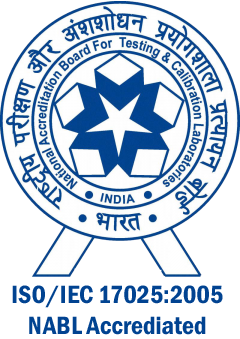Environmental Chemical Laboratory
Environmental Biology Laboratory
CSIR-Institute of Minerals and Materials Technology, Bhubaneswar-751013
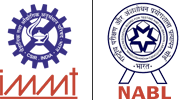
ISO/IEC 17025:2005, NABL Accrediated
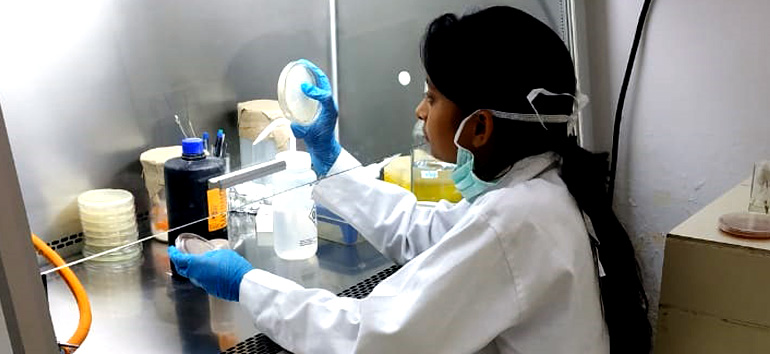
- Air pollution monitoring in industries, urban and rural centres
- Environmental impact analysis & management plan
- Physical and chemical characterization of aerosol
- Drinking Water treatment
- Effluent treatment for safe disposal
- Industrial and mine waste/by-product utilization
BACKGROUND
Physical – temperature, colour, smell, taste and turbidity
Chemical – minerals, metals and chemicals
Microbiological – bacteria, viruses, protozoa, and worms
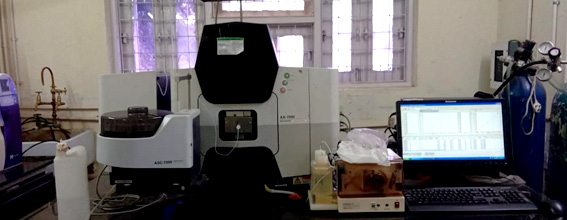
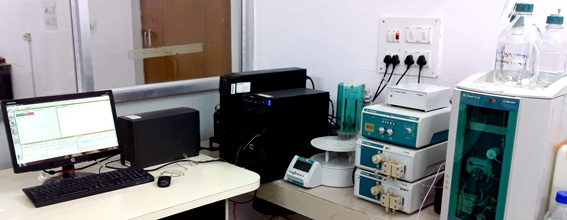
The Environmental Chemical Laboratory (ECL)
The Environmental Chemical Laboratory has been testing for the chemical parameters in water from different sources like ground water, surface water, water for industrial use, water for construction, drinking water etc., since past two decades. The parameters commonly tested are: pH, Turbidity, Total Dissolved Solid, Total Dissolved Solid, Calcium (as ca), Chloride (as Cl), Copper (as Cu), Fluoride (as F), Iron (as Fe) Magnesium (as Mg), Manganese (as Mn), Mineral oil, Sulphate (as SO4), Total alkalinity as calcium carbonate, Total Hardness, Zinc, Cadmium, Lead, Nickel, Total chromium and other heavy metals parameters for water.
The Environmental Chemical Laboratory also works on also air, noise and soil parameters like SOX, NOX, Ammonia, PM2.5, PM 10, Ambient Noise, Grain size, water content, pH and organic matter etc.
We also have expertise in the evaluation of the efficiency of removal of iron, arsenic, fluoride and nitrate in water on different resins designed and prepared for this purpose.
The Environmental Biology Laboratory (EBL)
The Environmental Biology Laboratory (EBL) in E&S Department was established with the purpose of providing testing services for microbiological water quality to the public and private customers. This lab has recently got NABL accreditation as per ISO/IEC 17025: 2005 Quality Standards for four parameters in microbiological water quality analysis: (a) Total coliform (b) Faecal coliform (c) E.coli (d) Standard Plate Count.
The drinking water quality monitoring is essential for protection of public health. When considering drinking water quality, microbiological contamination is the main concern in most cases since it is responsible for the majority of illnesses and deaths related to drinking unsafe water. It is impractical to determine the presence of different types of pathogens in water, hence only a few bacteria like the coliform bacteria are tested. Coliforms are present in huge numbers in the intestines of warm-blooded animals including humans, and they enter the sewerage lines through the faeces. Thus, the number of coliforms are always more than pathogens in sewage water, so that it could be detected better than the pathogens. Generally, natural water bodies contain very low concentration of coliforms among their own diverse microflora. Hence, detection for the presence of coliform indicates faecal contamination or deterioration of microbiological water quality. It could be due to break in the distribution system, ineffective treatment of water for drinking purpose, loss of disinfectant, intrusion of contaminants, regrowth problems in the distribution system etc.
In addition to the testing activities, this laboratory is also involved in giving support to various R&D activities like: (i) Technology for complete removal of bacteria from drinking water. (ii) Bacteriological analysis of treated waste water (iii) Antimicrobial activity of materials (iv) Bio aerosol analysis (v) Marine bacteria culture collection of more than 2000 strains from the marine sediment, sponges and soft corals and mangroves of Odisha which can be exploited for its biotechnological potential.
We receive most of our samples from L&T, NTPC, Jindal, Paradip Port Trust, Paradip Phosphates Pvt. Ltd., Marica, Vodafone, Residential Apartment complexes, Water from Construction industry, Schools & Colleges, Hospitals and Restaurants in Bhubaneswar. The primary sources of contamination of drinking water are human, animal and plant waste; insects and rodents; natural soil and plant bacteria; seepage from septic tanks and sewage treatment facilities; infiltration of flood water or surface run offs etc.
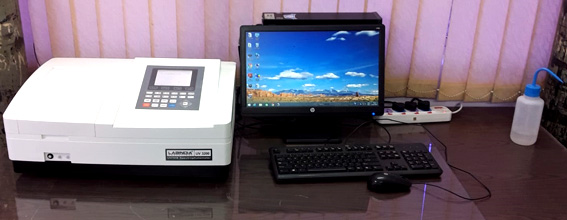
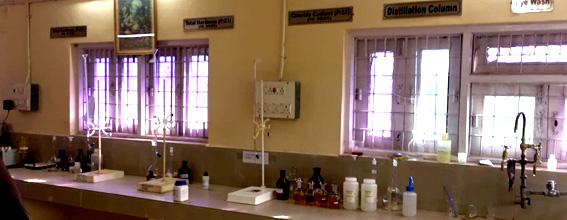
CONTACT DETAILS
Dr. Nabin Kumar Dhal
Chief Scientist, Head, Environment & Sustainability DepartmentEnvironmetal Chemical Laboratory
Environmetal Biology Laboratory
CSIR-Institute of Minerals & Materials Technology, Bhubaneswar-751013Tel: 91-674-2379411/2379271/2379242,
Mob: 9437460626 / 9437290470 / 9410367996
e-Mail:head.es@immt.res.in
Website:www.immt.res.in
